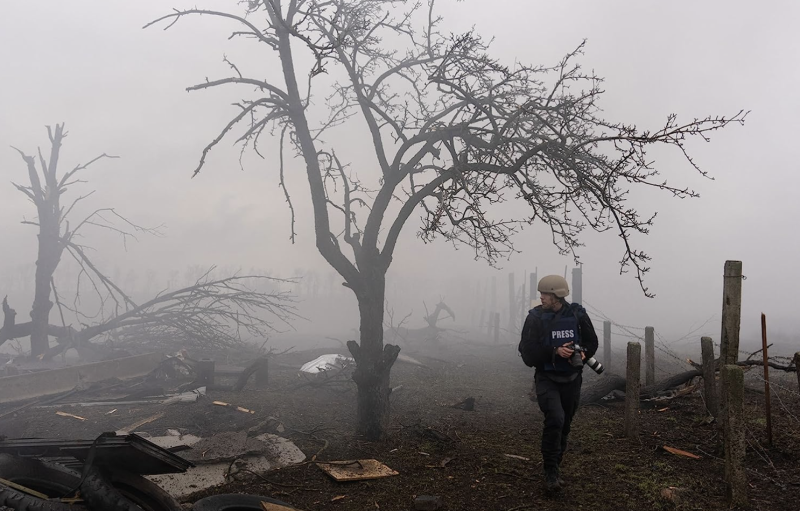Associated Press video journalist Mstyslav Chernov had just broken out of Mariupol after covering the first 20 days of the Russian invasion of the Ukrainian city and was feeling guilty about leaving. He and his colleagues, photographer Evgeniy Maloletka and producer Vasilisa Stepanenko, had been the last journalists there, sending crucial dispatches from a city under a full-scale assault.
The day after, a theater with hundreds of people sheltering inside was bombed and he knew no one was there to document it. That’s when Chernov decided he wanted to do something bigger. He’d filmed some 30 hours of footage over his days in Mariupol. But poor — and sometimes no — internet connections made it extremely difficult to export anything. All told, he estimates only about 40 minutes of that successfully made it out to the world.
“Those shots which went out were very important. They went on the AP and then to thousands of news outlets,” Chernov said earlier this year. “However, I had much more. … I thought I should do something more. I should do something more with that 30 hours of footage to tell a bigger story and more context to show the audience of the scale.”



